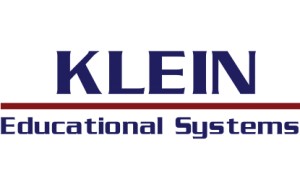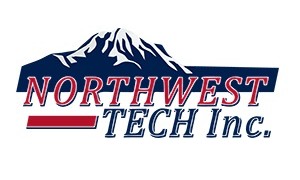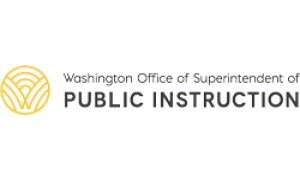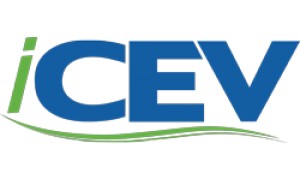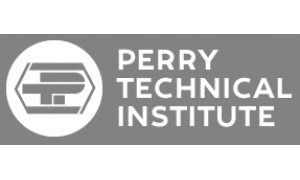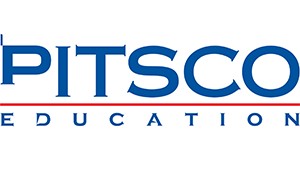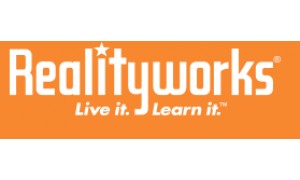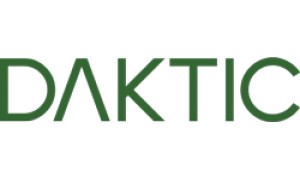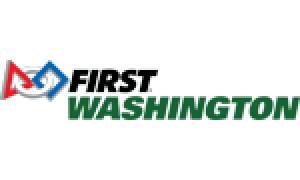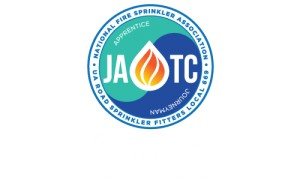Frequently Asked Questions
QWhat is career and technical education?
Career and technical education prepares both youth and adults for a wide range of careers, from registered nurse to computer technician, that require varying levels of education--from high school to postsecondary certificates to two-and four-year college degrees.
QWhat subject areas are covered by career and technical education?
These are the subject areas most commonly associated with career and technical education:
* Business (office administration and entrepreneurship)
* Trade & Industrial (skilled trades such as automotive technician, carpenter, computer numerical control technician)
* Health Occupations (nursing, dental, and medical technicians)
* Agriculture (careers related to food and fiber production and agribusiness)
* Family and Consumer Sciences (culinary arts, family management and life skills)
* Marketing (merchandising and retail)
* Technology (computer-based careers)
QWhere is career and technical education offered?
In middle school, high schools, two-year community and technical colleges and other postsecondary schools.
QHow is it offered?
Public middle schools in the U.S. typically offer some career and technical education courses, such as family and consumer sciences and technology education (a modular sequence of courses that enables students to explore a variety of technology-based careers). High school programs are offered either within a "comprehensive" high school or in separate "area vocational-technical schools." In some states, such as Delaware, both academic and technical courses are offered in full-time vocational-technical high schools. Usually career and technical programs are offered as a sequence of courses that are supplemented by work-based experiences such as internships or apprenticeships.
QIs career and technical education only for students who are not college bound?
No. Career and technical education can provide a foundation of skills that enables high school graduates to be gainfully employed--either full-time or while in college. Nearly two-thirds of all high school graduates of career and technical programs enter some form of postsecondary program. Rigorous academic content tied to technical subject matter ensures that these students will be ready for college. And the internships and other cooperative work experiences that are a hallmark of technical education are attractive to all students who want to get a head start on a career, whether that career goal is doctor or nurse, automotive technician or computer sciences. Student career organizations for every subject area also help students acquire the employability and leadership skills that will enable them to succeed in the workplace. Tech prep programs link high school and community college curricula to help students make a smooth transition to postsecondary education and careers.
QHow many career and technical students are there in the U.S.?
There are 11 million secondary and postsecondary career and technical education students in the U.S., according to the U.S. Office of Educational Research and Improvement.
QHow many career and technical programs are there in the U.S.?
Across the country, career and technical education programs are offered in about 11,000 comprehensive high schools, several hundred vocational-technical high schools and about 1,400 area vo-tech centers, which serve students from several "sending" high schools. About 9,400 postsecondary institutions offer technical programs, including community colleges, technical institutes, skill centers and other public and private two and four-year colleges.
QHas anyone compiled a list of leading career and technical programs?
The U.S. Department of Education has named career and technical education programs to its "New American High Schools" list and the Office of Vocational and Adult Education also has recognized programs with awards. ACTE and the American Automobile Manufacturers Association sponsor Awards for Excellence in Automotive Training.
QHow is career and technical education funded?
Programs receive about $1.3 billion annually from the federal government through the Carl D. Perkins Vocational and Technical Education Act. That represents about 8-10 percent of budgets for these programs, which receive most of their funding from local and state revenue. Other laws, such as the Elementary and Secondary Education Act, The Higher Education Act, The Workforce Investment Act, and School-to-Work Opportunities Act also fund programs.
QHow are career and technical education and school-to-work related?
School-to-work or school-to-careers is an umbrella term that unites all career-related education, such as career exploration, tech prep, cooperative education and vocational education. School-to-work, a term codified by a federal act passed in 1994, has spurred states and local school districts to establish more formal education systems to ensure that all students have knowledge of career pathways and opportunities to learn career shills "hands on," especially through internships or other forms of work-based learning.
QIs there any proof career and technical education works?
Yes, according to many state and local studies. A 1991 New York study of 76,000 secondary vocational graduates found that 6 to 18 months after graduation, 91 percent were productively employed, in the military or enrolled in postsecondary education. A recent large-scale study of 13,000 Ohio vocational education graduates found that seven years after high school, the vocational graduates earned significantly more than a comparable group of non-vocational graduates and the earnings gap between the two groups appeared to widen with time.
QHow can I learn more about career and technical education?
Visit the ACTE publications and ACTE Store pages on this site, or connect to related organizations through our Links section.


